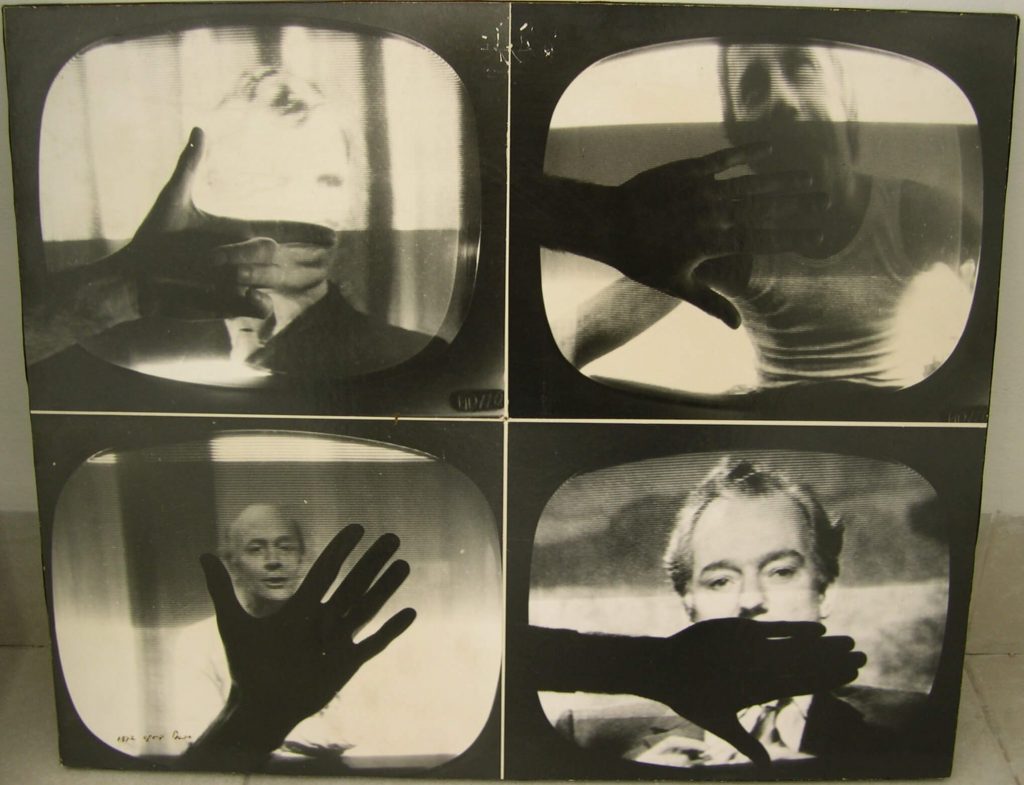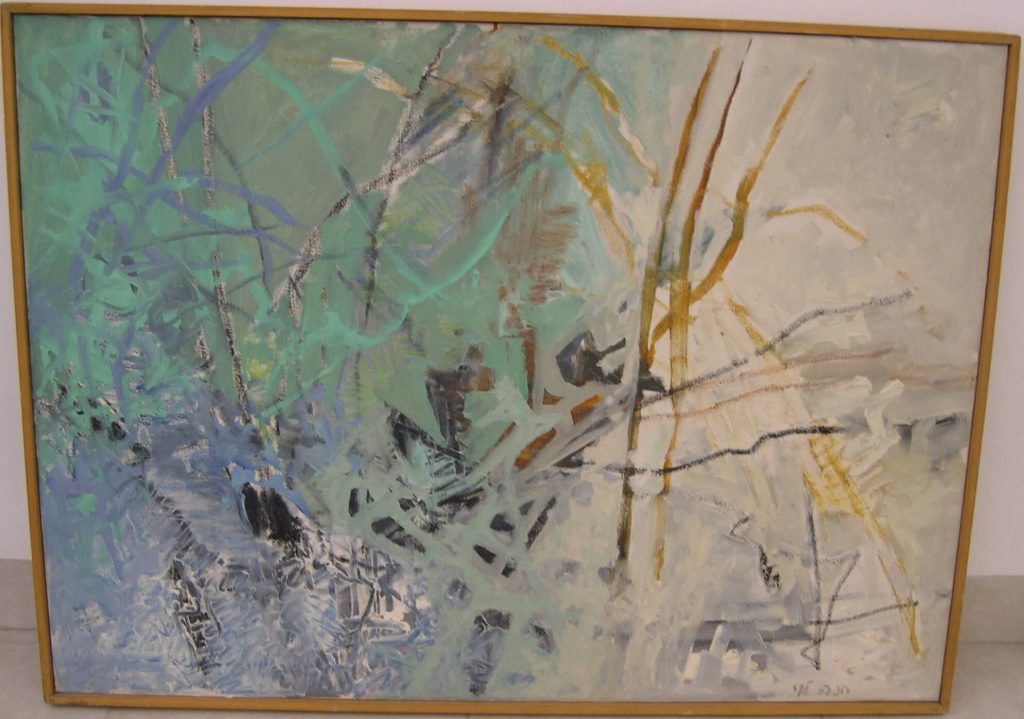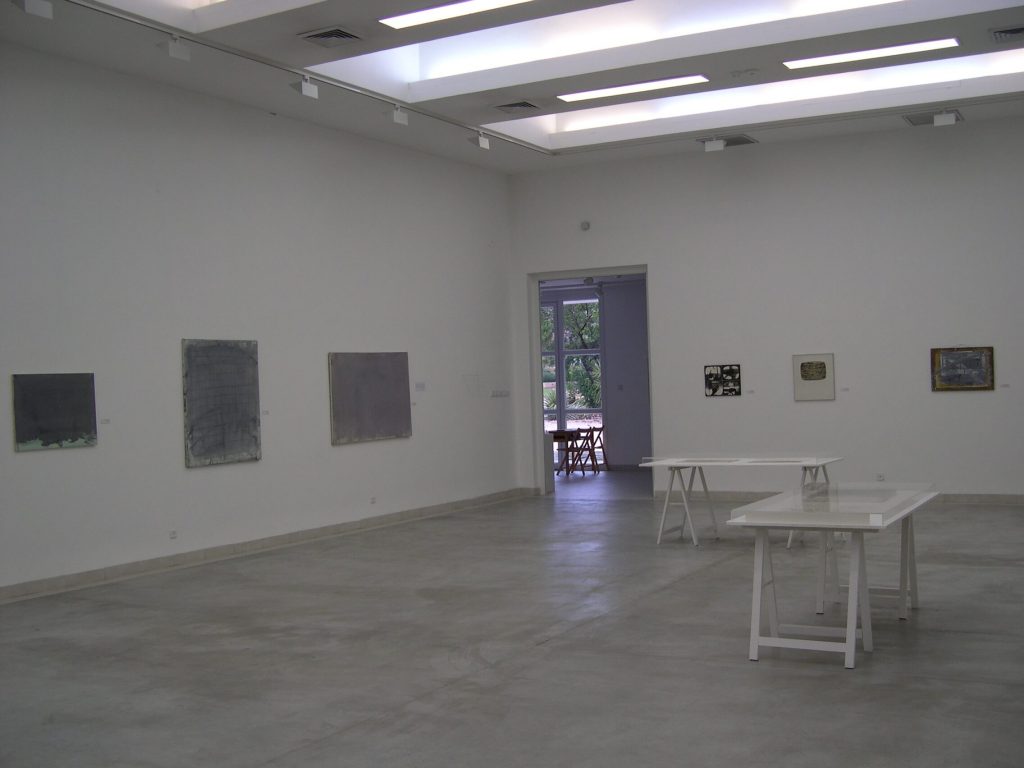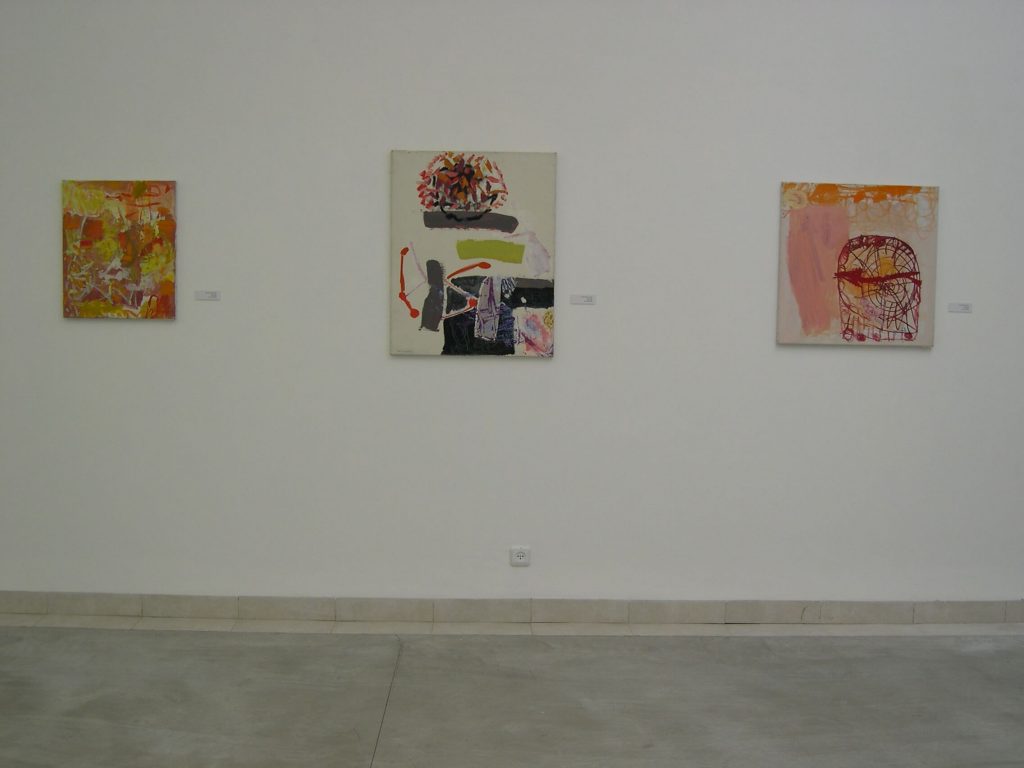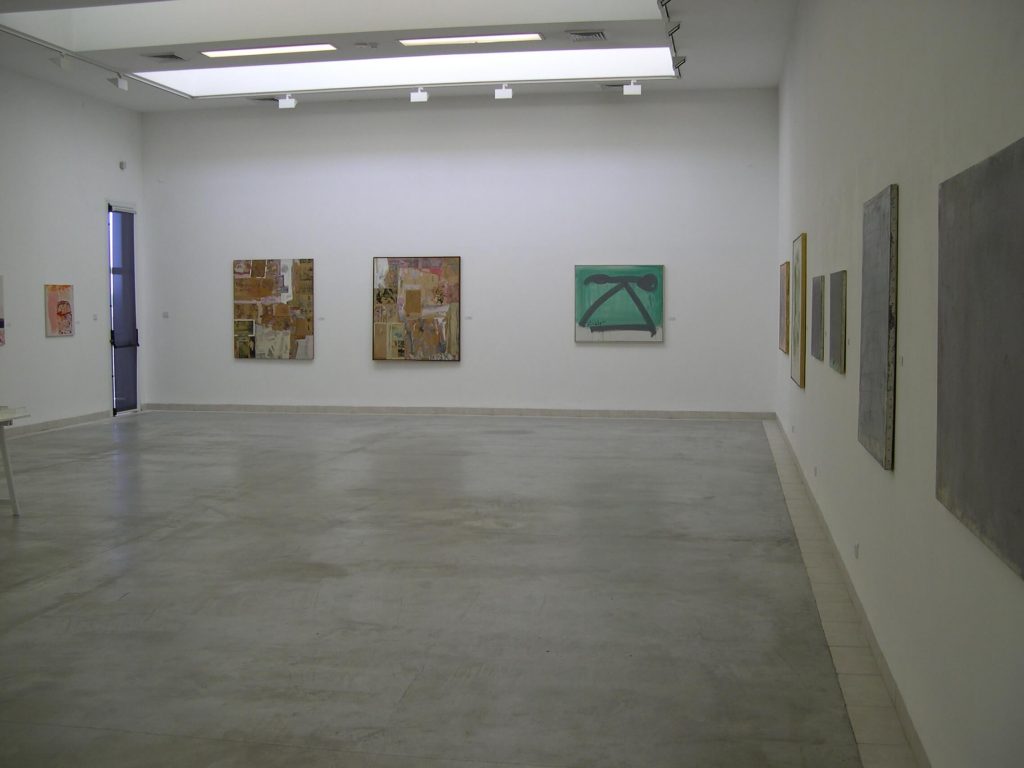1972: Three Generations
Many memorable events, some of them harsh, were interspersed throughout the 366 days of 1972: the onset of the Watergate affair, the launch of the Landsat-1 satellite, and the landing of the Apollo 17 astronauts on the moon; bloody riots in Ghana and Northern Ireland; and locally—the hijacking of the Sabena aircraft to Lod Airport and the massacre by the Japanese Red Army (PFL) terrorists against its passengers; the murder of the Israeli athletes at the Munich Olympic Games; IDF raids in South Lebanon; demonstrations of the Black Panthers; discussions and further demonstrations concerning the uprooted Arab inhabitants of the villages Birim and Ikrit…
1972 was also a significant year in the exposure of the new generation of Israeli artists: alongside Arie Aroch, who exhibited at Schocken Gallery, and Moshe Kupferman, who exhibited at Gordon Gallery, both in Tel Aviv, the young 1960s artists showcased their work too: Uri Lifshitz at Gordon Gallery; Igael Tumarkin at Yodfat Gallery; Pinchas Cohen Gan at Dugit Gallery; Yair Garbuz and Rita Alima at the Helena Rubinstein Pavilion of the Tel Aviv Museum; Benni Efrat at the Israel Museum, Jerusalem; and Michal Na’aman—for the first time—at 220 Gallery, Tel Aviv.
1972 was a year of encounters between the members of three generations—artists at the concluding phases of their artistic work and life, such as Mokady, Aroch, and Mairovich, as well as Hanna Levy who still had many long and fruitful years before her; artists of the middle generation: Lea Nikel and Moshe Kupferman, who were among the most prominent post-New Horizons abstract artists, followed by representatives of two poles: Rita Alima and David Ben Shaul; and finally, along the axis between “Pop” and art that presents social criticism and challenges conventions and ideologies, the young artists Michael Druks and Yair Garbuz.
Kupferman liked using the term “summoning” when discussing his work, to indicate and characterize a phenomenon for which he took responsibility, while enabling its occurrence. All the artists presented here, at the Kupferman Collection House, almost at random, seem to have consented to such summoning, which furnishes a multifaceted encounter for the discussion of issues pertaining to the status of the painterly image, its overt and covert meanings, as well as its processes of formation.
Some words about Kupferman’s work in 1972. It was the last year of his “drawings.” Since 1973 these will be dubbed “Works on Paper.” The later “drawings,” some still included in sketchbooks, are characterized by “acts” of “covering” and “erasure,” as Kupferman called them. “Basic forms” evolved in them in patterns of parallels and grids, and in the x-form which also indicates crossing out.
As for painting—during 1972 Kupferman condensed the ground, constructing surfaces of transparency and impermeability, gradually shifting from the expressive gesture to the utter silence of the monochromatic, ostensibly “minimalist” surface. “In any event,” he told Gideon Ofrat (Yedioth Ahronoth, 24 March 1972), “I always paint over all of my paintings. Each painting conceals a long story of making, changing, erasures, and searches.”
In 1972, for the first time in his artistic career, Kupferman responded to a specific event—the death of a fellow Kibbutz member, Mary, in the rescue of the hijacked Sabena passengers at Lod Airport, a death which he appropriated into the depths of his consciousness. In this context I would like to quote the youngest participant in the exhibition, Yair Garbuz: “A Kupferman painting is a pointed biography of Kupferman and his painting, and therefore I tend to reject the overemphasis on his paintings’ distinctive monochromaticity. This is indeed the result at the moment when he ceases working, but not at the point of departure or along the way. The memory of each painting contains multiple colors and forms, much greater painterly action and wealth. They exist in the painting, but its hierarchy introduces them not into the visible layer, but into memory” (Biography in Pictures, 2000).
